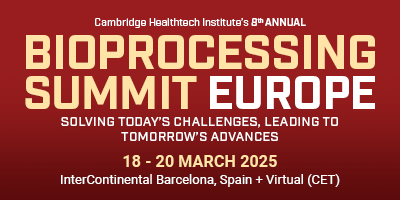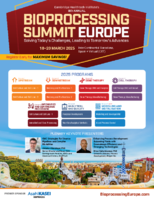Cambridge Healthtech Instituteの第6回年次
Gene Therapy CMC and Analytics
遺伝子治療のCMCと分析
Improving the Analysis, Control, and Quality of Gene Therapies Towards Commercialization
遺伝子治療の商業化に向けた分析・管理・品質の向上
2025年3月18日 - 19日 CET(中央ヨーロッパ標準時)
3月18日(火)
07:00Registration and Morning Coffee
ADVANCING GENE THERAPY DEVELOPMENT
遺伝子治療開発の進歩
Common Growing Pains for Early-Stage CGTs
 Pamela Whalley, PhD, Associate Director, CMC, Complement Therapeutics Ltd.
Pamela Whalley, PhD, Associate Director, CMC, Complement Therapeutics Ltd.
With so many viral-vector-based gene therapies approved by the FDA across different types of viral vectors (AAV, lentivirus, herpes simplex virus 1) and many in late-stage development or clinical trials, the number of approved therapies is growing. There are many challenges that investor-led start-up companies navigate through, from the process of viral-vector manufacturing and CMC analytical method development, to quality issues and regulatory hurdles all in a highly competitive landscape.
A Comprehensive Approach for Comparability of Gene Therapy Product
 Ludivine Dejoint, Head, Manufacturing and Project Management, Inits
Ludivine Dejoint, Head, Manufacturing and Project Management, Inits
Comparability of gene therapy products involves demonstrating that changes in the manufacturing process, formulation, or production site do not compromise the final product's safety, efficacy or quality. Maintaining consistent therapeutic outcomes during the clinical trial is crucial. A comprehensive approach to analytical comparability of gene therapy products considering their inherent complexity and variability is thus necessary. Key considerations include: selecting appropriate analytical methods, relevant batches, establishing acceptance criteria with limited batch availability, and designing a reasonable stability program. By addressing these challenges, the presentation will provide practical insights into ensuring robust comparability assessments for gene therapy products.
09:30Presentation to be Announced
10:00Grand Opening Coffee Break in the Exhibit Hall with Poster Viewing
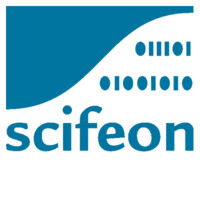
CMC STRATEGIES, RAW MATERIALS, CONTROL STRATEGIES
CMC戦略、原材料、管理戦略
Regulatory Feedback for ATMPs across Multiple Submissions
 Kathleen Retterson, Senior Vice President, Regulatory Affairs Practice CMC, ELIQUENT Life Sciences
Kathleen Retterson, Senior Vice President, Regulatory Affairs Practice CMC, ELIQUENT Life Sciences
ATMPs use cutting-edge technology about which regulatory agencies around the world are still learning what is (and is not) important with respect to product safety, identity, strength, purity, and quality. Guidance on CMC and clinical matters is limited and generally very high level. This section will explore feedback received from across multiple products in the form of meeting advice, information requests, and hold/non-hold comments.
Applying Viral Vector Vaccine Learnings to Gene Therapy: To Expect the Unexpected
 Milena Opacic, PhD, Principal Scientist II, Johnson & Johnson
Milena Opacic, PhD, Principal Scientist II, Johnson & Johnson
This presentation highlights how over a decade of viral vector vaccine development informs gene therapy advancements. Key insights include formulation development, surface interactions, fit-for-purpose analytical methods, modelling, and innovative approaches to create stable, robust gene therapy products.
Analytical Techniques for rAAV Genome Integrity and Identity Assessment
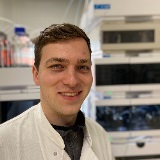 Christoph Gstöttner, PhD, Scientist, Roche
Christoph Gstöttner, PhD, Scientist, Roche
Recently, the development of therapies based on recombinant adeno-associated viruses (rAAV) has gained huge interest in the pharmaceutical industry. To ensure a safe and effective gene therapy product, a smart control strategy for the assessment of the rAAVv genome is of utmost importance. In this presentation, different analytical techniques for rAAV genome integrity and identity assessment will be discussed, highlighting their benefits and drawbacks.
 Analytics for Process-related Impurities in Viral Vector Manufacturing
Analytics for Process-related Impurities in Viral Vector Manufacturing
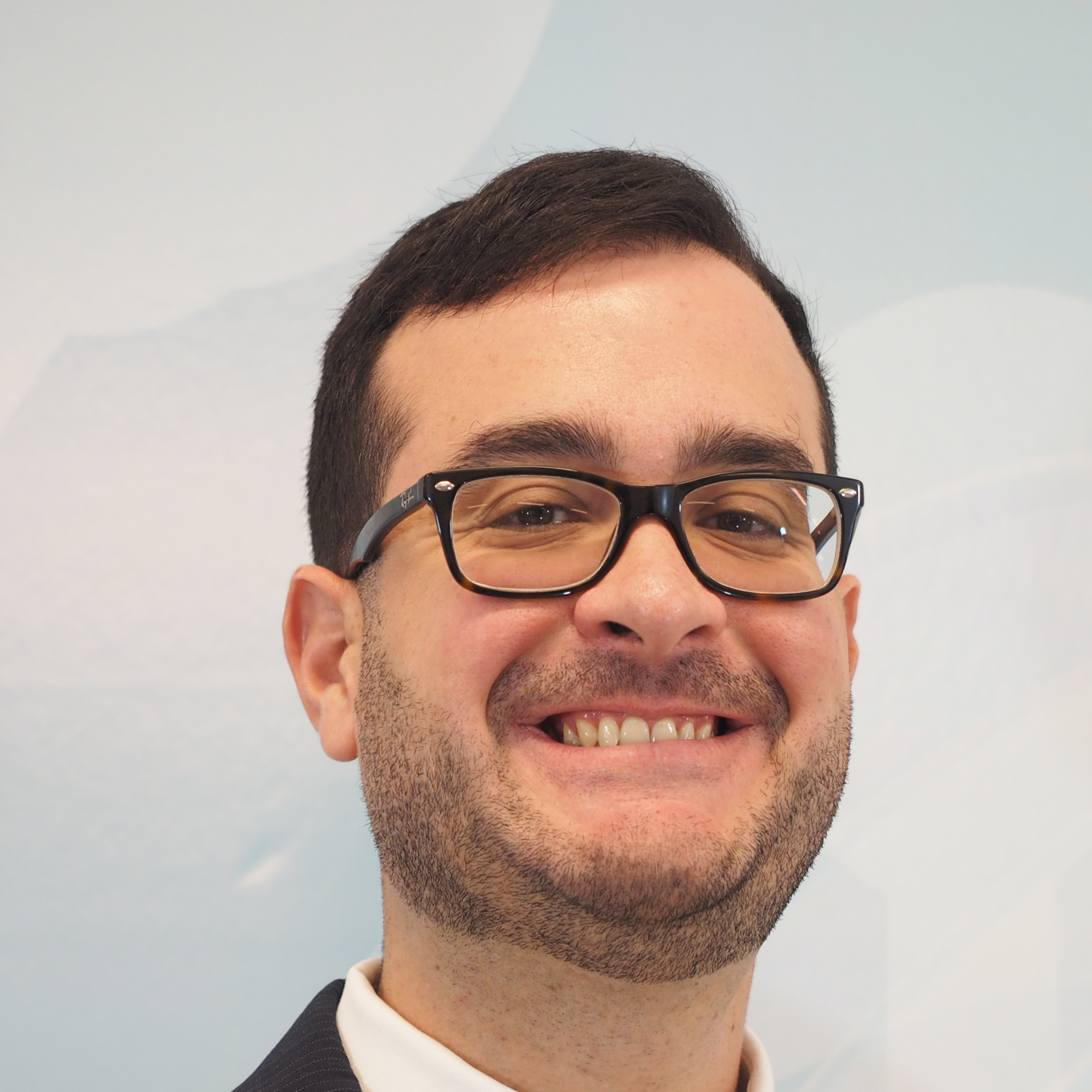 Jared Isaac, Associate Director Chromatography & Mass Spec., Research and Development, Cygnus Technologies
Jared Isaac, Associate Director Chromatography & Mass Spec., Research and Development, Cygnus Technologies
Characterization of residual impurities for gene therapy drug products is particularly challenging due to the complex nature of the final products as well as the complicated processes required to manufacture them. The presentation will focus on analytics for process-related impurities with an emphasis on Host Cell Proteins (HCP). In recent years we have learned that HCP can cause problems with respect to patient safety, Drug Substance (DS) stability, and DS efficacy. As such, it is more important than ever to fully understand the HCPs in your process. Advanced methods of immunoaffinity chromatography and mass spectrometry to fully characterize the Host Cell Protein ELISA as well as the individual HCPs in in-process and DS samples will be discussed.
12:45Networking Lunch in the Exhibit Hall with Poster Viewing
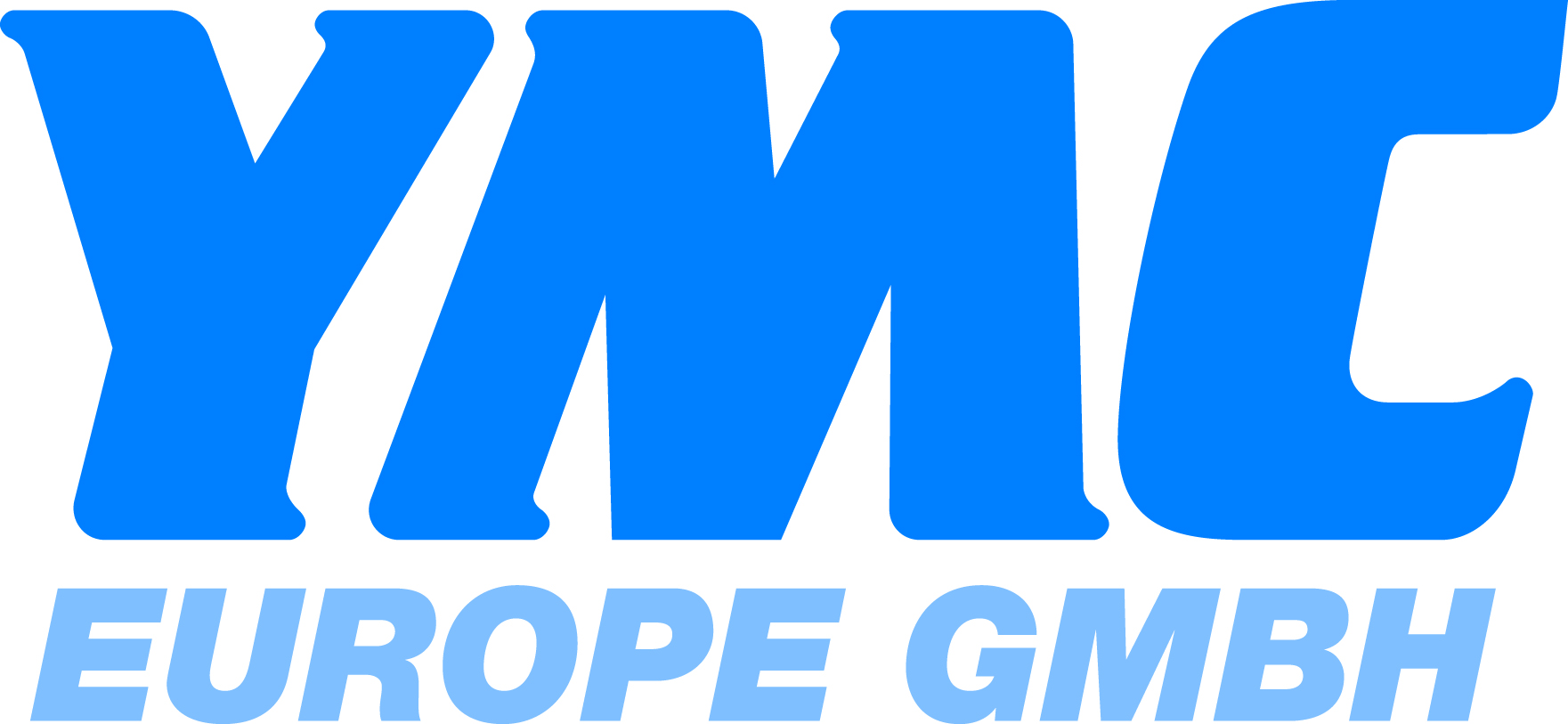
BIOPHYSICAL ANALYSIS AND STABILITY
生物物理学的分析と安定性
Evaluating Analytical Strategies to Quantify Capsid Titre: Towards a Platform-Method Approach to Accelerate AAV Drug Product Development
 Marilia Barros, PhD, Principal Scientist, Regeneron Pharmaceuticals
Marilia Barros, PhD, Principal Scientist, Regeneron Pharmaceuticals
Traditional capsid titre methods rely on ELISA which commonly suffers from long turnaround times, low throughput, and large-volume sample requirements. This limits the application of ELISA-based methods to routine analysis, thus requiring development of alternative high-throughput (HTP) capsid titre methods. We have performed a comprehensive assessment on currently available orthogonal capsid titre methods using multiple serotypes at concentration range relevant in IND-enabling preclinical and first-in-human (FIH) clinical studies.
Essential Biophysical Assessments of AAV Vectors for in-Process Sample and Drug Product at Early Clinical Stages
 Susumu Uchiyama, PhD, Professor, Biotechnology, Osaka University
Susumu Uchiyama, PhD, Professor, Biotechnology, Osaka University
Methods for essential biophysical assessments of AAV vectors for in-process sample and drug product at early clinical stages will be introduced. What are the sources of heterogeneity of full particles? Which method among several biophysical techniques is suitable for full and empty ratio determination, depending on sample quality and quantity, and developmental stage?
Transfer and Application of Analytical Methods to Support AAV Product Release
 Tony Bou Kheir, PhD, Head, Analytical Development and QC, Purespring Therapeutics
Tony Bou Kheir, PhD, Head, Analytical Development and QC, Purespring Therapeutics
Purespring Therapeutics utilises a hybrid platform for AAV development in the treatment of kidney diseases, integrating analytical method development at its research facilities with the efficient transfer of technology to manufacturing sites. This strategy ensures rigorous support for product release and stability evaluation. This presentation will highlight case studies of successful method transfers and their application in generating stability data, underscoring advancements in gene therapy for renal disorders.
15:20Sponsored Presentation (Opportunity Available)
15:50Refreshment Break in the Exhibit Hall with Poster Viewing

CONTROLLING AND REMOVING IMPURITIES
不純物の制御と除去
Downstream Processing for Viral Vectors
 Aline Hughson, PhD, Principal Scientist, AAVantgarde Bio
Aline Hughson, PhD, Principal Scientist, AAVantgarde Bio
One of the most significant challenges in adeno-associated virus (AAV) manufacturing is the effective removal of "empty" capsids that lack the gene of interest. Anion exchange chromatography has proven to be the most effective solution for scalable enrichment of full capsids. However, the removal of empty capsids is just one hurdle in this complex process. This work will highlight the critical importance of peak characterisation and its impurity profile, which includes deamidated species, empty and partially filled capsids, host cell DNA, plasmid DNA, host cell proteins, and aggregates.
Challenges in Downstream Processing for AAV: Addressing Product and Process Related Impurities
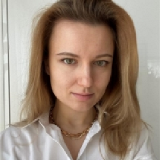 Katerina Farukshina, Associate Lead Scientist, Technology & Process Innovation, Cell & Gene Therapy Catapult
Katerina Farukshina, Associate Lead Scientist, Technology & Process Innovation, Cell & Gene Therapy Catapult
Downstream processing (DSP) faces challenges due to increased impurities from intensified upstream processing. This presentation will focus on removing host-cell impurities and optimising residual DNA analysis for regulatory compliance. Data on DNA removal for secreted and intracellular AAV serotypes using high-throughput workflows will be presented. DSP strategies for intensified harvest streams, emphasising innovative impurity control and characterisation, will also be discussed.
Development and Characterisation of a Continuous Cell Lysis Device for the Production of High Quality pDNA
 Patrick Werder, Research Scientist, Bioprocess Technology Group, University of Applied Sciences Northwestern Switzerland
Patrick Werder, Research Scientist, Bioprocess Technology Group, University of Applied Sciences Northwestern Switzerland
The growing demand for plasmid DNA (pDNA) in gene therapy and vaccine production requires scalable, efficient methods. Traditional batch lysis processes struggle with long mixing times, high shear forces, and poor lysis control. Additionally, resin-based purification steps are time-consuming, requiring RNA precipitation and tangential flow filtration (TFF). This talk includes: continuous cell lysis device integrating dynamic inline mixers and a tube reactor for controlled alkaline lysis; membrane chromatography for faster, more efficient plasmid purification; a process entirely free of RNase, simplifying downstream purification.
17:50Welcome Reception in the Exhibit Hall with Poster Viewing
18:50Close of Day
3月19日(水)
08:00Registration and Morning Coffee
CMC FOR mRNA AND RNA-BASED THERAPIES
mRNA・RNA医薬のCMC
Navigating the Complexities in Formulating mRNA-Containing Lipid Nanoparticles
 Advait V. Badkar, PhD, Executive Director & Head, Nanoparticle Development, Pfizer Inc.
Advait V. Badkar, PhD, Executive Director & Head, Nanoparticle Development, Pfizer Inc.
The formulation of mRNA-containing lipid nanoparticles (LNPs) represents a frontier in the realm of drug delivery and vaccine development. This talk will cover the status of the field and highlight some of the challenges and opportunities for scientists who are involved in designing and optimising LNPs to encapsulate and deliver mRNA molecules effectively.
Establishing Analytical Methods for the Development of RNA-Based Therapeutics
 Sara Trabulo, PhD, Associate Principal Scientist, AstraZeneca
Sara Trabulo, PhD, Associate Principal Scientist, AstraZeneca
The utility of mRNA as a vaccine or therapeutic agent is becoming increasingly more apparent as this modality is reaching the clinic in ever higher numbers. Analytical methods for this novel class of therapeutic are still in development and bring us new challenges in their characterisation. In BioPharmaceutical Development within R&D at AstraZeneca, we have been establishing a platform for monitoring mRNA drug substance, DNA starting material, and lipid-encapsulated mRNA drug product. An overview of the methods and strategies developed and applied in BPD Analytical Sciences will be presented.
10:00Sponsored Presentation (Opportunity Available)
10:30Coffee Break in the Exhibit Hall with Poster Viewing
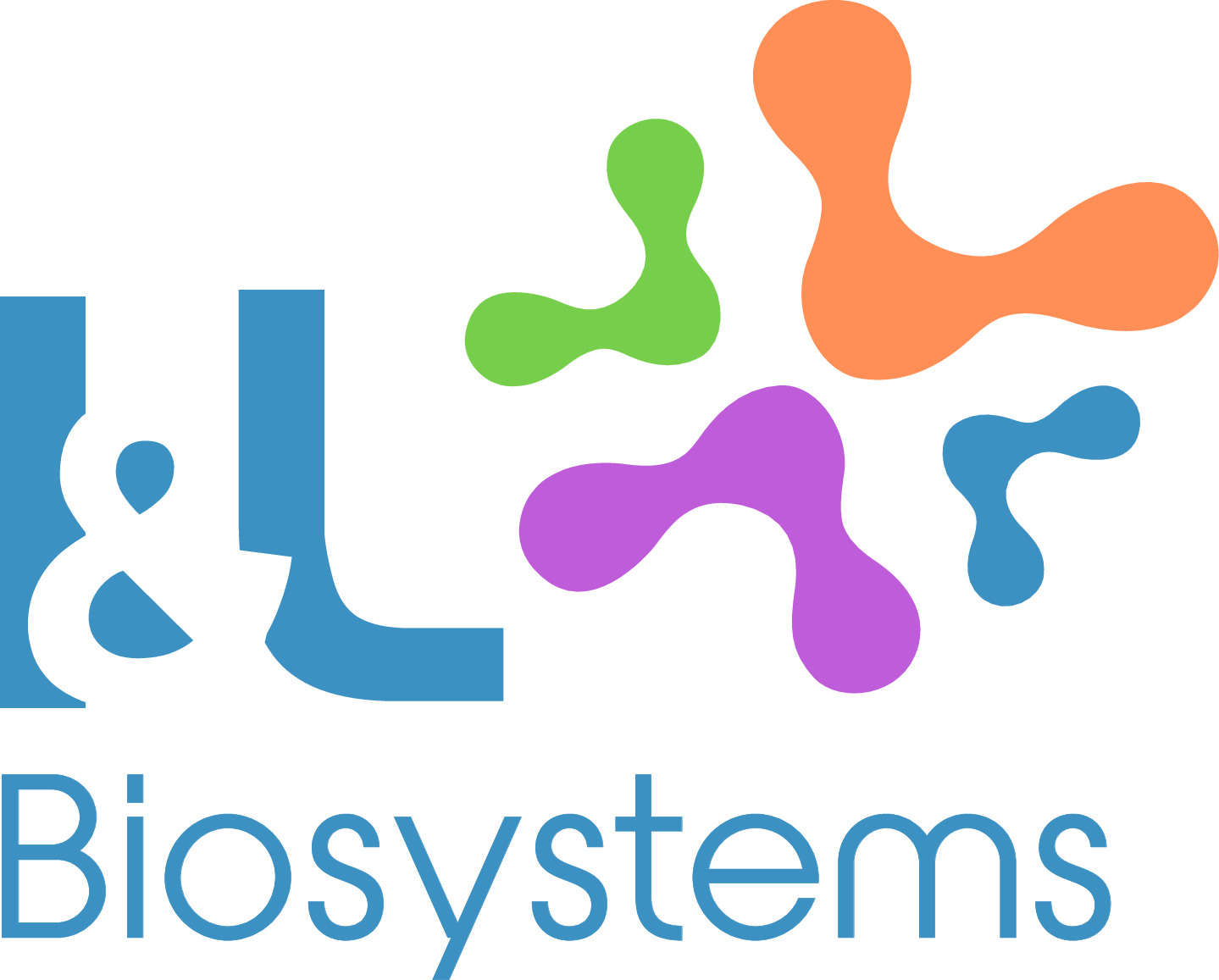
PLENARY KEYNOTE: ADAPTING TO GLOBAL DEMANDS AND EVOLVING PIPELINES
プレナリー基調講演:世界的な需要への適応と進化するパイプライン
CMC Strategies for Diverse Pipelines and Complex Modalities
 Christian Hunzinger, PhD, Senior Director and Head, CMC Development Proteins, ADCs and Chemical Entities, BioNTech
Christian Hunzinger, PhD, Senior Director and Head, CMC Development Proteins, ADCs and Chemical Entities, BioNTech
Biopharmaceutical treatment paradigms are shifting from monotherapy towards multi-target approaches with complex multimodal entities. This complexity also translates into increasingly complex CMC development and manufacturing strategies. The talk will provide a general overview on recent developments, challenges, and opportunities, along with examples from various stages of the CMC development lifecycle.
Enhancing Process Development: Balancing Yields with Downstream Efficiency and Emerging Technologies
 Oliver Kaltenbrunner, PhD, Scientific Director, Process Development, Amgen Inc.
Oliver Kaltenbrunner, PhD, Scientific Director, Process Development, Amgen Inc.
Explore the evolving landscape of process development, emphasising the critical balance between maximising yields and optimising downstream processing. This presentation will delve into the impact of upstream processes on primary recovery, integrating cutting-edge technologies like Process Analytical Technology (PAT), advanced modelling, and artificial intelligence. Supported by real-world examples, we'll examine how these innovations are reshaping process efficiency and performance in the industry.
12:20Session Break
12:30Sponsored Presentation (Opportunity Available)
13:00Networking Lunch in the Exhibit Hall with Poster Viewing

14:00Close of Gene Therapy CMC and Analytics Conference
* 不測の事態により、事前の予告なしにプログラムが変更される場合があります。
アジェンダ・講演者・スポンサー更新
